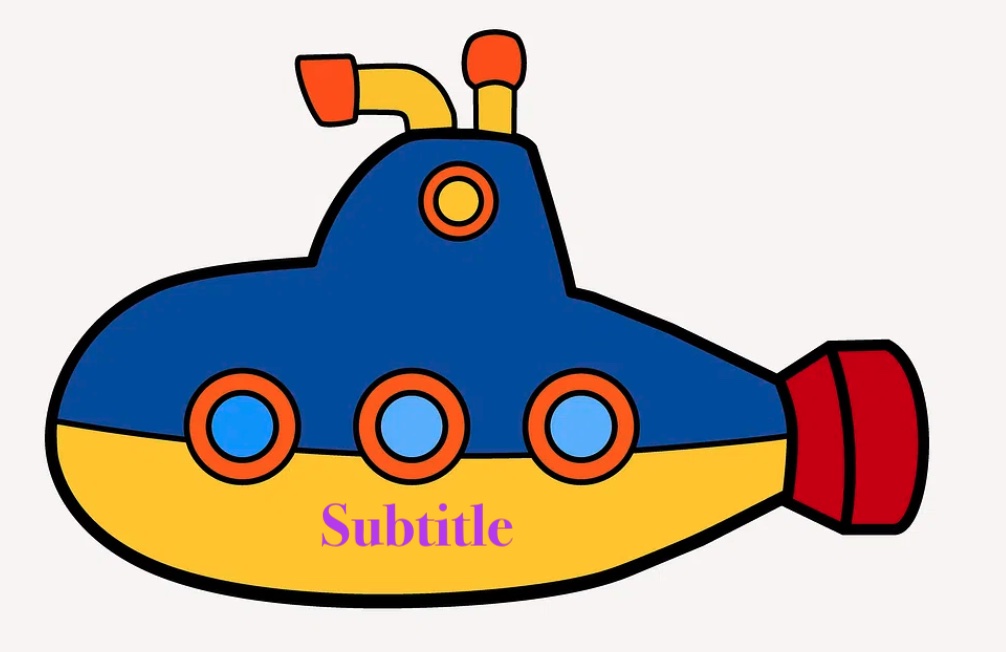The best ways to collaborate on titles and subtitles

In 15 years of working with authors, I’ve learned this about titles and subtitles:
- Titles are a bolt from the blue.
- Subtitles can be created iteratively.
This means they need two different types of ideation processes.
Titles are a bolt from the blue
A title should be catchy, clever, and unique. You can’t “get close” to a title. It’s either right, or you need something different.
As a result, when working with authors on titles, I usually involve a third person as as sounding board. I listen to the author talk about the book. I listen for words or combinations of words that stand out as unique.
I usually work off a shared document, like a Google Doc. I take down a lot of notes and then test out words. There’s a lot of referring to an online thesaurus and to Amazon and Google searches to see who else might be using the term.
If you listened to my authors and me going back and forth you’d hear a lot of this kind of thing:
“No.”
“No, that’s not it either, but you’re onto something with . . . “
“How about . . . “
“Here’s another angle. . . .”
“This isn’t right, but something like this, maybe . . . “
At some point (and we nearly always succeed), there’s an “a-ha” moment, and we have it. And then we’re done. There’s no need to go further: declare victory and go home.
Because titles are a bolt from the blue, you can’t figure them out by email, I doubt you could work them out on slack, and you can’t crowdsource them. The ideation just needs to happen faster than that.
But if you have narrowed it down to two or three choices, go ahead and take a poll. That can help you see which one resonates.
Subtitles can be workshopped
Subtitles explain the concept of the book. They connect the title to the book idea.
I normally work with authors on the subtitle at the same time as the title in the same brainstorming session, and that often works out well.
But as I learned recently, that’s not the only way to do it.
In one book project I’m contributing to, the title was set, and the author was working with a team of four: subject-matter experts, public relations professionals, and me, the book expert. Rather than brainstorm in a meeting, the author went offline and then later sent us an email with a number of possible subtitle suggestions. I responded by ranking the subtitle candidates based on my past experience with subtitles. All of us then used the email thread to react to each others’ suggestions and suggest further improvements and options.
In about 6 or 7 asynchronous emails, we were able to agree on some phrases that resonated and then on an economical subtitle that made both the audience and content clear.
Much like improv, there was a lot of “yes, and” type riffing going on.
I still think it’s a bad idea to crowdsource a subtitle. But as I learned, with a few mutually supportive professionals, you can bounce it back and forth, steadily improve it, and then perfect it if the group of contributors is small enough.
As with titles, it’s fine to take a poll. And unlike titles, which should remain set once they’re decided, you can make improvements to a subtitle even after you think it’s perfect.
I’m curious: how did you decide the title and subtitle for your book?